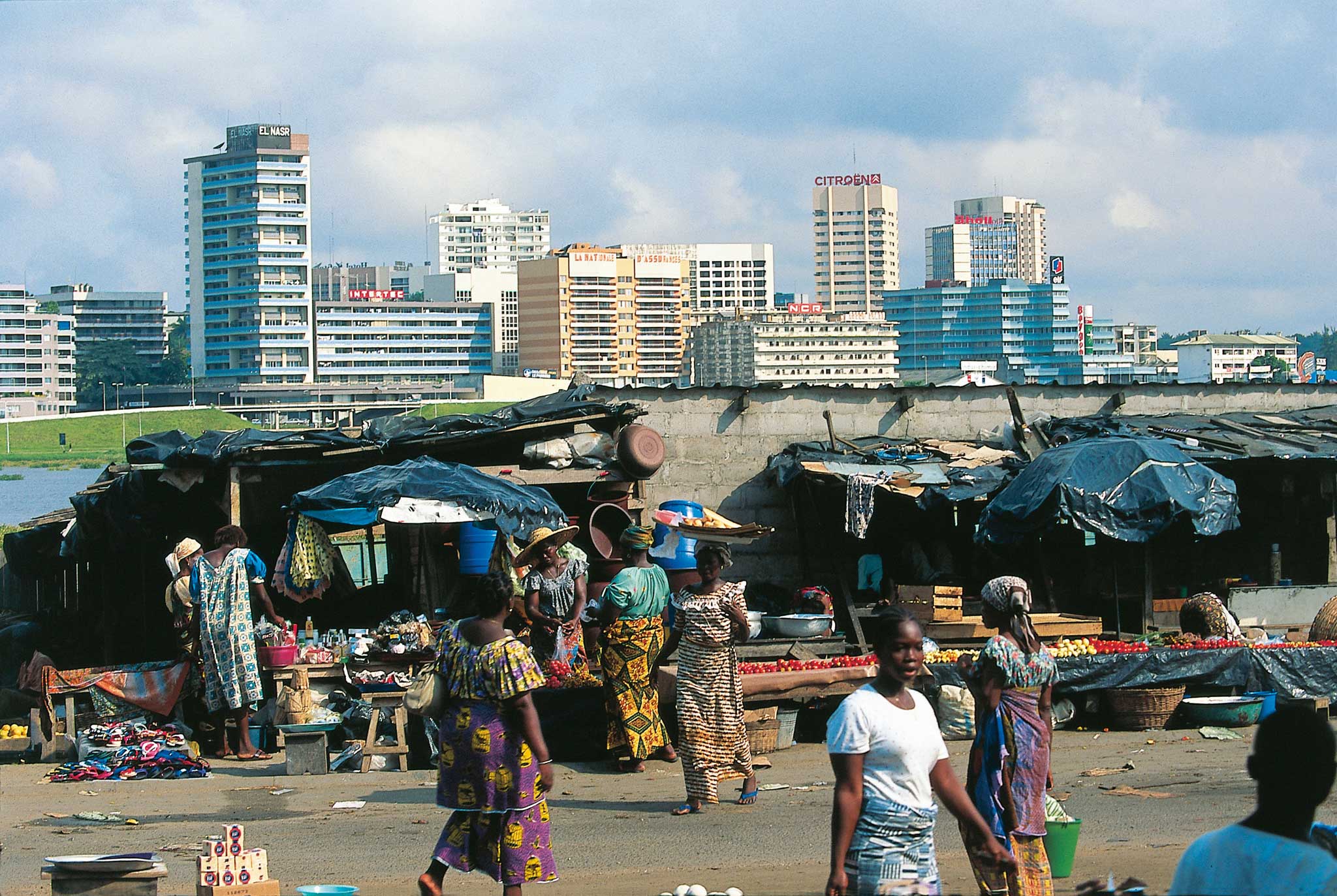A risky route through Ivory Coast: Decades of neglect, yet a former glory remains

Your support helps us to tell the story
From reproductive rights to climate change to Big Tech, The Independent is on the ground when the story is developing. Whether it's investigating the financials of Elon Musk's pro-Trump PAC or producing our latest documentary, 'The A Word', which shines a light on the American women fighting for reproductive rights, we know how important it is to parse out the facts from the messaging.
At such a critical moment in US history, we need reporters on the ground. Your donation allows us to keep sending journalists to speak to both sides of the story.
The Independent is trusted by Americans across the entire political spectrum. And unlike many other quality news outlets, we choose not to lock Americans out of our reporting and analysis with paywalls. We believe quality journalism should be available to everyone, paid for by those who can afford it.
Your support makes all the difference.One guy grabbed the bag slung over my shoulder as his friend snatched the sunglasses from my face. They held me in place as a mob formed around us on the pavement and everyone started shouting.
This was my welcome to Abidjan, the largest city in Ivory Coast. What used to be one of the continent's wealthiest countries has been consistently plagued by civil strife. But I visited anyway while travelling through West Africa a few years ago.
Despite decades of neglect, Abidjan's 1970s-vintage high-rises still stood as a testament to the country's former glory. There were asphalt streets, concrete overpasses and street lights. These things seemed totally out of place to me in the region; no other city had looked as Western (albeit, circa 1971).
Imagine my surprise when I stumbled upon a street with upscale shops after months of seeing only places where people burnt rubbish on dusty roads that were in darkness due to perpetual power failures. So I snapped a couple of pictures in front of a jewellery store. And that's when the bulky man who got hold of me – a security guard, as it turned out – and his friend started after me.
Just as it looked like things were going to get really ugly, I figured out what they were angry about and offered to delete the offending shot from my digital camera to appease them. It worked – they grudgingly let me go and the crowd drifted away.
I'd witnessed just how tense this divided country was. But it was only one of many hassles that I experienced. The journey through West Africa was sometimes dangerous, usually frustrating – yet always interesting and, ultimately, rewarding. Given the subsequent armed conflicts in several of the countries it's not a trip I'll be able – or willing – to do again.
Initially, I'd dragged my wife along but she flew home after we wandered into a riot in Burkina Faso. So I went overland alone, squeezing into bush taxis – seriously overcrowded Peugeots – that often broke down in the middle of long journeys and left me stranded under a searing sun.
I was chased by a gang in Lagos and shaken down by corrupt police everywhere – they seized my passport and detained me for hours over an invented reason when I entered Ivory Coast from Ghana.
My route involved heading to the Liberian border in Ivory Coast's north-west, crossing from the government-controlled south through a UN-manned buffer zone before entering the rebel-held north. I hitched a ride part-way with a trucker, then hired kids with motorcycles.
Uniformed police routinely stopped motorists in the south for bribes; at similar checkpoints in the north there were armed men wearing sweatpants. I had to buy a few expensive 'permits' before they let me through.
Along the way I stopped in the village of Yamoussoukro – the country's capital since its home-town hero President Félix Houphouet-Boigny named it as such in 1983. He built six-lane highways illuminated with thousands of streetlights – but they went nowhere because there were no embassies or industry there.
His legacy included the construction of the world's largest church, the extraordinary $300m Basilique de Notre Dame de la Paix, a slightly taller version of St Peter's at the Vatican. And this, in a war-wracked country where people are so poor they eat margarine sandwiches for lunch.
The pristine basilica has 7,000 seats, air-conditioning and 36 stained-glass windows, of which one naturally features Houphouet-Boigny at the feet of Christ. It's one of the most amazing structures in Africa and apart from a tourist from Nigeria that I came across, I had it all to myself.
Suddenly, all the hassle involved in getting there seemed worth it.
Under African skies
* After more than a decade of misrule, travellers have been scared away from Zimbabwe; now safari tour operators are promoting the country again. It's entirely possible to make sure your money goes to local business. expertafrica.com
* Camp out in deserts and explore tombs, temples and pyramids: Sudan has it all. South Sudan has effectively been off-limits for decades but Africa's newest country is now part of a pioneering programme of tours. undiscovered-destinations.com
* Tunisia was the Phoenician colony of Carthage, the 'Granary of the Roman Empire' and the medieval Muslim province of Ifriqiyah. Tours have returned to this North African country, some dedicated to these ancient civilisations. the-traveller.co.uk
Join our commenting forum
Join thought-provoking conversations, follow other Independent readers and see their replies
Comments